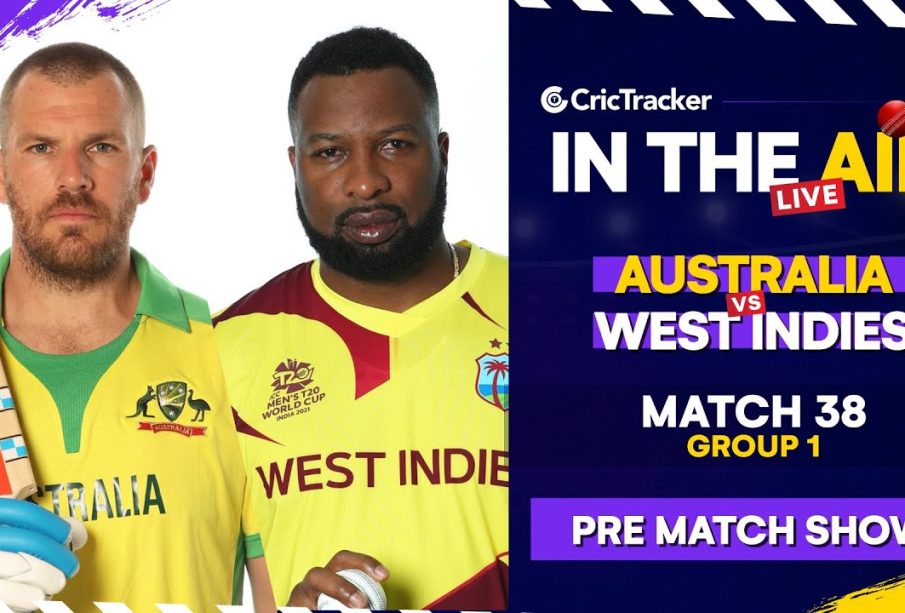T20 Cricket: The Evolution and Impact on the Sport

Introduction
T20 cricket, a format that has transformed the landscape of cricket since its introduction in 2003, has quickly gained immense popularity across the globe. Known for its fast-paced and action-packed nature, T20 cricket captivates audiences with matches lasting just about three hours. This style has not only made the sport more accessible to casual fans but also drawn in substantial television viewership and sponsorship deals, highlighting its significance in the modern era of cricket.
The Rise of T20 Cricket
The inaugural T20 World Cup in 2007, held in South Africa, marked a pivotal moment in cricket history. India emerged victorious, igniting a passion for the format and setting off a T20 revolution worldwide. Since then, various domestic leagues like the Indian Premier League (IPL), Big Bash League (BBL), and others have emerged, attracting international stars and igniting fierce rivalries that further enhance fan engagement.
Key Events and Developments
The IPL, launched in 2008, has been particularly influential in popularizing T20 cricket. With franchises purchasing players for astronomical sums, it has raised the stakes and financial viability of the format. In 2023, the IPL witnessed unprecedented viewership numbers, reinforcing its status as a premier sporting event globally. Notably, T20 cricket has also been credited for developing new talent; young players like Yashasvi Jaiswal and Shubman Gill have showcased their skills on international stages thanks to opportunities presented in this format.
T20 Cricket’s Impact on Traditional Formats
While T20 cricket has its proponents, it has also sparked debates about its impact on traditional formats such as Test and ODI cricket. Critics argue that the allure of the shorter format threatens the essence of cricket. However, many players and analysts suggest that T20 serves to popularize cricket, bringing new fans who may later appreciate longer formats. Interestingly, several seasoned players have successfully transitioned between formats, proving that T20 can complement rather than undermine traditional cricket.
Future of T20 Cricket
Looking ahead, T20 cricket is poised to continue expanding its reach. As more countries adopt the format and introduce their leagues, we can expect further commercialization and competitive play, enhancing the sport’s global appeal. The potential inclusion of T20 in upcoming Olympic Games could solidify its status, injecting even more popularity and investment into the T20 format.
Conclusion
T20 cricket stands at the forefront of modern cricket, shaping its future in unprecedented ways. As the sport evolves, stakeholders will need to balance innovation with tradition to ensure cricket remains a beloved pastime for generations. For fans, the thrilling nature of T20 provides a perfect entry point into the world of cricket.









